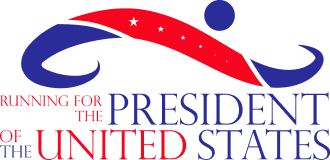The Fairness Doctrine: An Overview
The Fairness Doctrine was a policy implemented by the Federal Communications Commission (FCC) in the United States in 1949. Its primary aim was to ensure that broadcasters presented controversial issues of public importance in a manner that was honest, equitable, and balanced. Key points about the Fairness Doctrine include:
- **Equal Coverage**: The doctrine required broadcasters to devote airtime to discussing controversial matters of public interest and provide contrasting viewpoints on these issues.
- **Origins and Implementation**: It originated as a way to ensure diverse opinions were represented on the airwaves, reflecting the belief that the broadcast spectrum was a public resource and should be used to promote democratic discourse.
- **Enforcement and Impact**: Broadcasters who failed to comply with the Fairness Doctrine could face fines or lose their broadcast licenses. This often led to self-censorship to avoid potential conflicts and penalties.
- **Repeal**: The Fairness Doctrine was eliminated in 1987 during the Reagan administration. Critics argued that it was no longer necessary due to the increasing number of broadcast outlets, which provided a variety of viewpoints. Supporters, however, contended that its repeal led to the rise of one-sided, partisan media.
- **Legacy and Debate**: The end of the Fairness Doctrine has been a topic of ongoing debate, with some advocating for its reinstatement to ensure balanced media coverage, especially in the era of highly polarized news channels and digital media platforms.
Copyright © 2025 RPUS All Rights Reserved. Designed And Developed By Conception Masters

